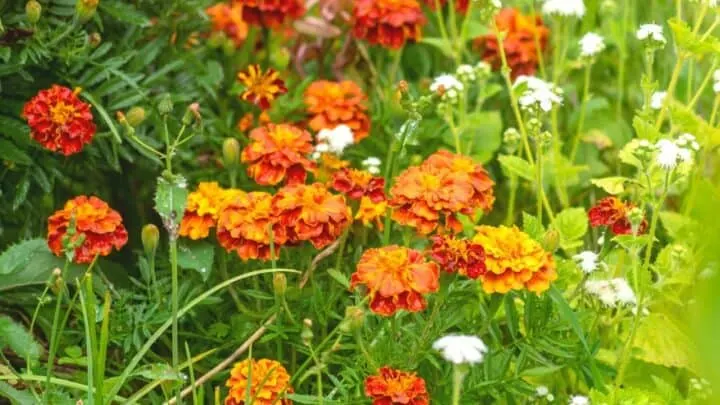You have beautiful Marigolds in your garden, and care for them to the best of your knowledge. You water them every few days but are unsure about the right watering schedule. How often do you water marigolds?
Table of Contents
What Marigolds are we talking about?
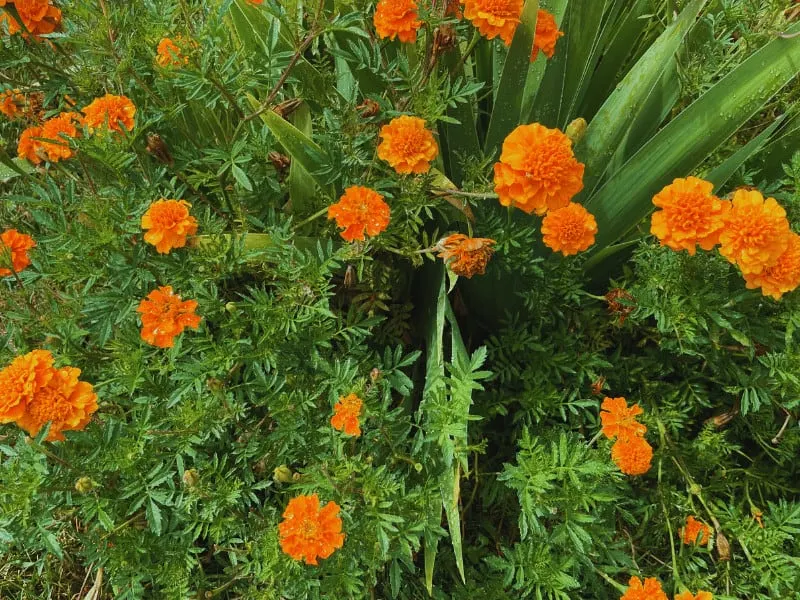
This depends on whether they are African marigolds tagetes or Common marigolds called calendulas, whether they are grown in a pot or the ground in clusters, rows, or hedges.
Marigolds are beautiful garden flowers that are commonly found bordering vegetable beds.
They have elegant carnation-like blooms and can be grown in patches or evenly spaced rows.
They also grow well alongside strawberries.
Some varieties are edible, and their petals make a beautiful and tasty addition to a summer salad.
Marigolds are a fairly low-maintenance flower, but you should still know how to care for the variety you want to plant before making them a feature in your garden.
How Often Do You Water Marigolds?
Water marigolds once a week down to one-and-a-half inches (3.8 cm). Always keep tagetes’ soil gently moist by watering them to an inch deep (2.5 cm) twice weekly from late spring to early autumn. If in a pot, check tagetes flowers daily and water if the top half-inch of soil is dry.

Common marigold or pot marigold (Calendula)
Common marigold or pot marigold, aka Calendula, is a short-statured perennial that only takes two months to flower after seeding. It comes in beautiful yellow and orange varieties.
Calendulas are members of the daisy family, and their care is like that of daises––both require very little maintenance. If you plant them in a sunny spot and fertile soil, your calendulas will do well.
Calendulas are edible and are a favorite among kitchen gardeners. They can be planted in borders around your vegetable patches or in pots. Use a well-draining potting mix or compost soil.
They can be sown with even spacing or in small clusters for a bushier look. Watering calendulas regularly will encourage them to bloom.
Watering Calendula Marigolds in Pots
If you are growing your calendulas in pots, give them about two inches (5 cm) of water during summer.
Water your flowers once weekly and then allow them to dry out almost completely between waterings.
If you are growing your calendulas in a pot and have clustered several seeds together to give your flowers a bushier appearance––with the result that your pot is quite full––you will need to give them slightly more water than if you have planted fewer flowers.
You can help your calendulas make the best use of the water you give them by cutting off dead flower heads as they die.
This allows the plant to channel all the water it receives into its new and fresh blooms, leading to bushier growth and more blooms.
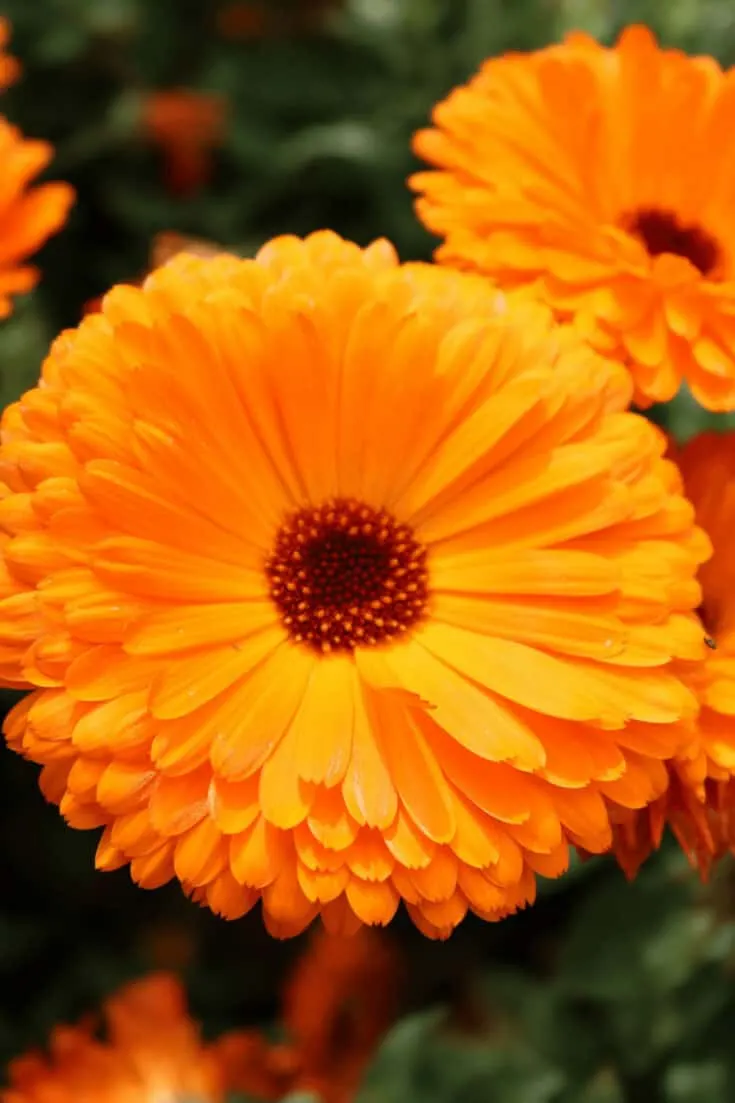
Watering Calendula Marigolds in the Ground
Calendulas planted in the ground should be given between an inch and an inch-and-a-half of water every week (2.5 – 3.81 cm).
Calendulas require more water before they begin to bloom than they do after they have flowers.
After transplanting Calendulas from a seeding tray into a pot or the ground, give them two inches of water (5cm) per week until they show the first signs of flowering.
Watering marigolds regularly during the hot growing season helps them stay cool, especially if growing them in the ground, which absorbs and traps the sun’s heat.
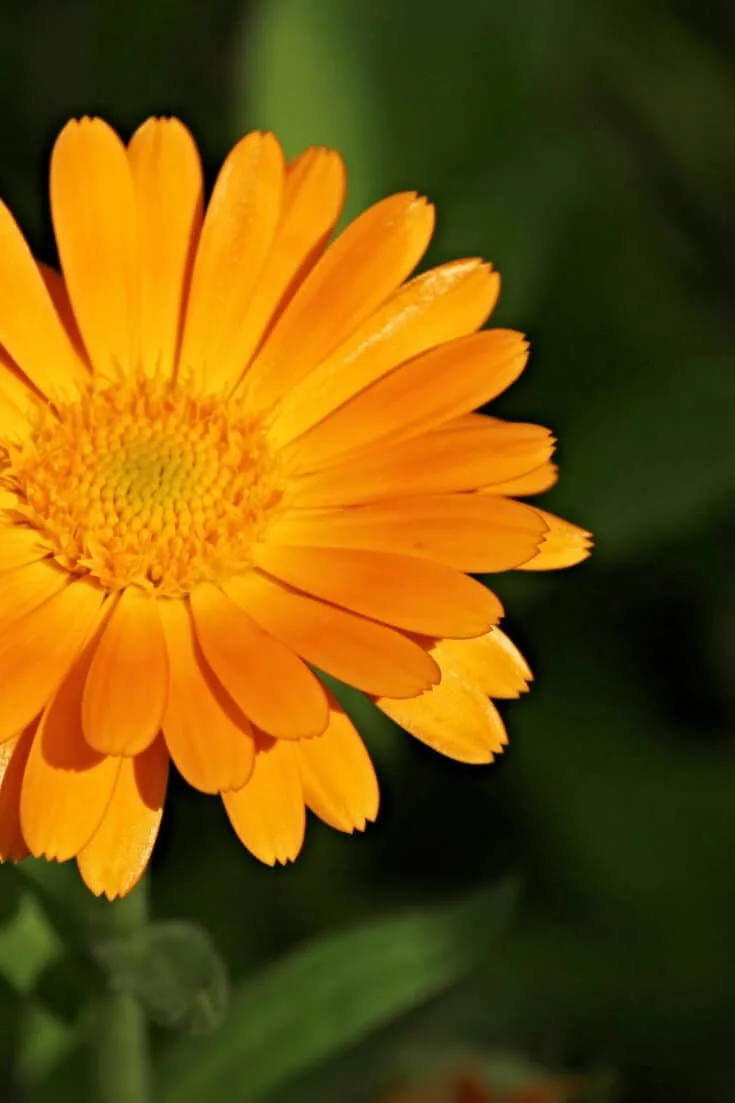
Watering Tagetes marigolds in pots
Tagetes are a half-hardy annual marigold variety that prefers a warmer climate.
They come in bright yellow and orange colors and rarely in red, maroon, white, and bicolor varieties.
African, French, Afro-French, and Signet marigolds are all Tagetes. They are native to Mexico and taller than common marigolds.
Tagetes require more water than their namesakes from the daisy family and must be watered more than once a week.
They also prefer potting soil that retains moisture.
The perfect soil for tagetes marigolds is well-draining but with the propensity to stay gently moist.
Supplementing the soil in your garden––or filling your pot––with a chalky, loamy, clay-based, sandy soil will be highly beneficial to tagetes’ growth and ability to use the water they get.
If you have questions about how to find the right soil for your marigolds, read this guide to topsoil!
While you water, you can also watch for signs of slugs and other pests eating your Marigolds.
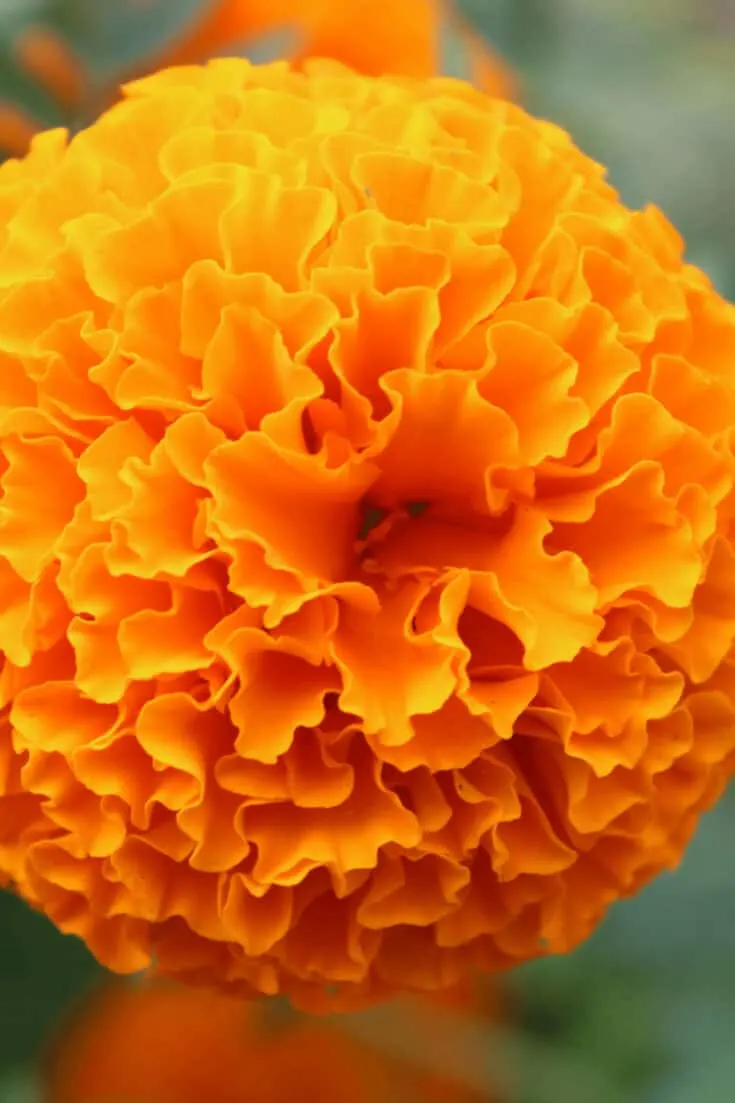
Watering Tagetes Marigolds in the Ground
Tagetes Marigolds growing in a garden should be watered to an inch deep (2.5 cm) twice weekly from late spring until early autumn.
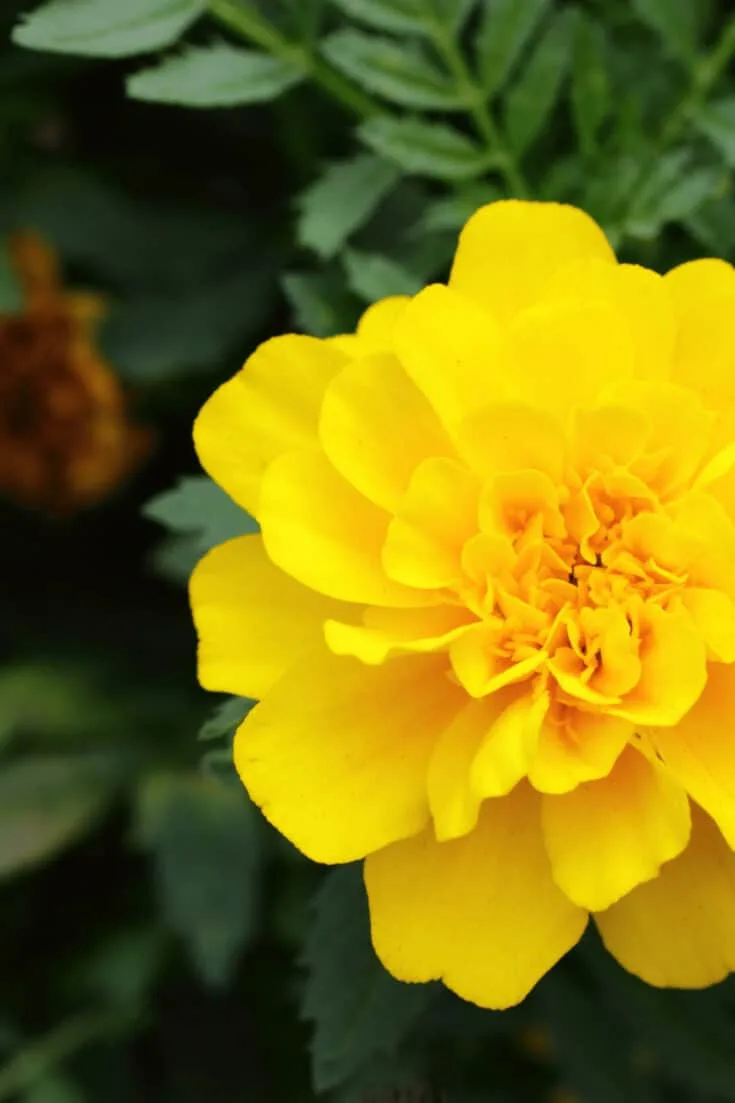
Overwatering Marigolds
Marigolds do not require much water and will begin to suffer if their root systems are left sitting in water for too long.
Overwatered Calendulas will begin to wilt and then lose their petals, often indicating that they have root rot. If you suspect they do, read up on how to save a plant from root rot.
Overwatered Tagetes will similarly begin to wilt, and their stems will become soft. They may also begin to lose leaves.
These are all signs that your tagetes marigolds are suffering from root rot.
Make sure you hold back on watering for a while if you notice symptoms of overwatering.
Ensure that the potting soil you use does not retain too much moisture and that you adjust your watering schedule based on the rainfall in your area.
If it has been raining all week, you do not need to water your marigolds! You might consider moving them to a sheltered location if they are in a pot.
Underwatering Marigolds
Even though marigolds are low maintenance and do not ask much of their carers if they receive no water, they are liable to dry up and die.
Their leaves will become brown around the edges and curl, and their petals will begin to drop.
This often occurs if there is drought during the hot summer months.
Ensure you water both calendulas and tagetes a little more than usual during particularly hot and dry weeks.
The last Watering
Watering Marigolds depends on the type of Marigolds, whether they are planted in a pot or in the ground and you water them before or after blooming.

Daniel has been a plant enthusiast for over 20 years. He owns hundreds of houseplants and prepares for the chili growing seasons yearly with great anticipation. His favorite plants are plant species in the Araceae family, such as Monstera, Philodendron, and Anthurium. He also loves gardening and is growing hot peppers, tomatoes, and many more vegetables.

